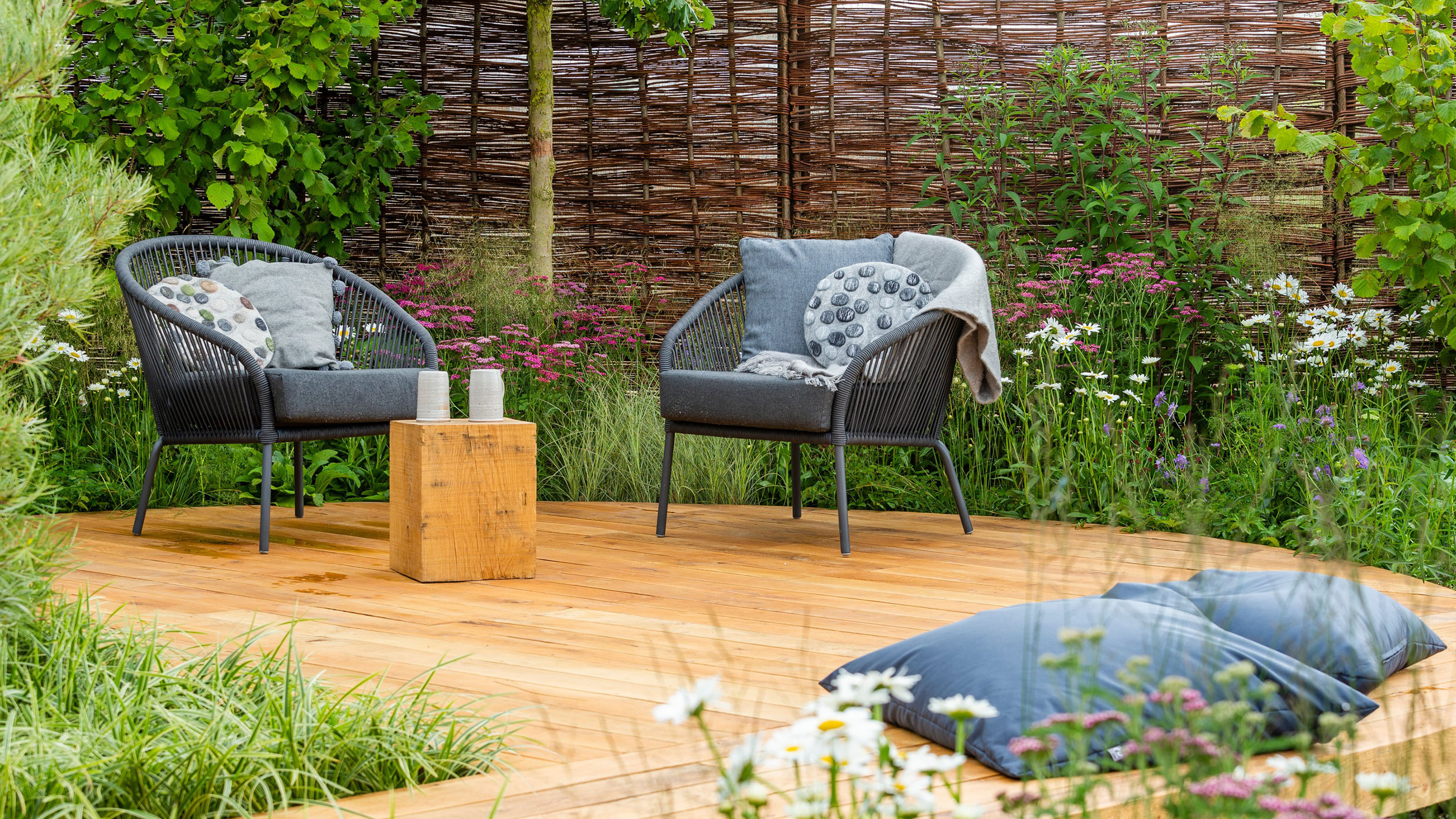Battling Bugs in the Garden

Gardening is a pursuit of both patience and passion, a dance between nature and nurture. However, amid the serenity of lush greenery and vibrant blooms, an invisible battle often rages—battling bugs in the garden. These tiny invaders can wreak havoc on your carefully cultivated paradise, turning a thriving oasis into a battlefield of withering leaves and chewed stems. To preserve the beauty and health of your garden, it is essential to understand the common pests that threaten it and to employ effective strategies to keep them at bay.
The Common Culprits
Every gardener has encountered the frustration of discovering that something has been munching on their prized plants. While there are many insects that pose a threat to gardens, some are more prevalent and destructive than others.
Aphids, for instance, are tiny, soft-bodied insects that feed on plant sap, causing leaves to curl and yellow. Their rapid reproduction can lead to large infestations seemingly overnight. Similarly, whiteflies are notorious for their ability to multiply quickly, leaving behind a sticky residue known as honeydew that attracts mold.
Caterpillars, the larvae of moths and butterflies, are also frequent offenders. Though they may one day transform into beautiful creatures, in their larval stage, they can decimate leaves and stems, leaving plants vulnerable and weak. Then there are Japanese beetles, which, despite their small size, can strip a plant of its foliage in a matter of days.
Slugs and snails, though not insects, are equally menacing. They thrive in damp, shaded areas, emerging at night to feed on tender leaves and stems. Their telltale slimy trails are often the first sign of their presence.
Natural Remedies and Prevention
When battling bugs in the garden, prevention is always better than cure. The first line of defense is to create an environment that discourages pests. Healthy, well-nourished plants are more resistant to insect attacks, so ensure your soil is rich in organic matter and well-drained. Regularly remove dead leaves and debris, as these can harbor pests and diseases.
Companion planting is another effective strategy. Some plants, such as marigolds, basil, and garlic, are known to repel certain insects. Planting these among your vegetables and flowers can help keep unwanted visitors at bay.
For those pests that do manage to breach your defenses, natural remedies can be an effective and eco-friendly solution. Neem oil, derived from the neem tree, is a natural insecticide that works by disrupting the life cycle of insects, preventing them from feeding and reproducing. A mixture of water and dish soap can also be used to suffocate soft-bodied insects like aphids and whiteflies.
Another popular method is to introduce beneficial insects into your garden. Ladybugs, for example, are natural predators of aphids, while parasitic wasps can control caterpillar populations. Encouraging these beneficial insects by planting nectar-rich flowers can help maintain a balance in your garden ecosystem.
Chemical Controls: When and How to Use Them
Despite our best efforts to manage pests naturally, there may come a time when chemical intervention is necessary. However, it is important to approach this option with caution, as many insecticides can harm not only the pests but also the beneficial insects and other wildlife in your garden.
If you decide to use chemical controls, select a product that is specific to the pest you are targeting and apply it according to the manufacturer’s instructions. Timing is crucial; applying insecticides during the early morning or late evening, when beneficial insects are less active, can help minimize unintended harm.
It is also worth considering systemic insecticides, which are absorbed by the plant and target pests that feed on it. These can be particularly effective against hard-to-reach pests like whiteflies and aphids. However, they should be used sparingly, as they can remain in the plant for several weeks.
The Importance of Observation
One of the most effective tools in battling bugs in the garden is observation. Regularly inspecting your plants for signs of distress can help you catch problems early, before they become full-blown infestations. Look for discolored leaves, holes in foliage, and sticky residue—these are all indicators that something is amiss.
Pay attention to the patterns of damage as well. Chewed leaves often point to caterpillars or beetles, while wilting or yellowing could indicate sap-sucking insects like aphids. The sooner you identify the culprit, the more effectively you can address the issue.
Embracing the Imperfection
While the idea of a perfect, pest-free garden is appealing, it is important to recognize that some level of insect activity is natural and even beneficial. Many insects play a crucial role in pollination, soil health, and the overall balance of your garden’s ecosystem. Instead of striving for a sterile, bug-free environment, focus on creating a garden that can withstand occasional pest pressures.
By planting a diverse array of plants, you can create a resilient garden that supports a wide range of beneficial insects, birds, and other wildlife. This biodiversity will help keep pest populations in check and reduce the need for chemical interventions.
Conclusion
Battling bugs in the garden is an ongoing challenge, but with the right strategies, it is one that can be managed effectively. By combining prevention, natural remedies, and careful observation, you can protect your garden from the worst of insect infestations while preserving its beauty and health. Remember that a thriving garden is not one that is free of pests, but one that is balanced and resilient. Embrace the imperfections, and let nature take its course, knowing that you have the tools and knowledge to step in when necessary.




